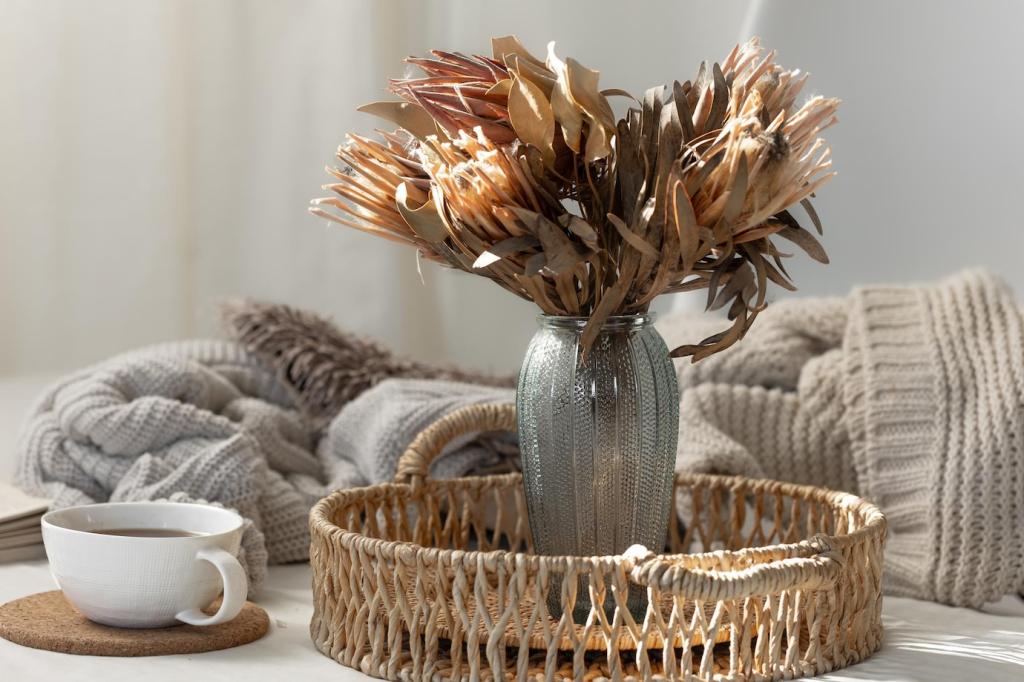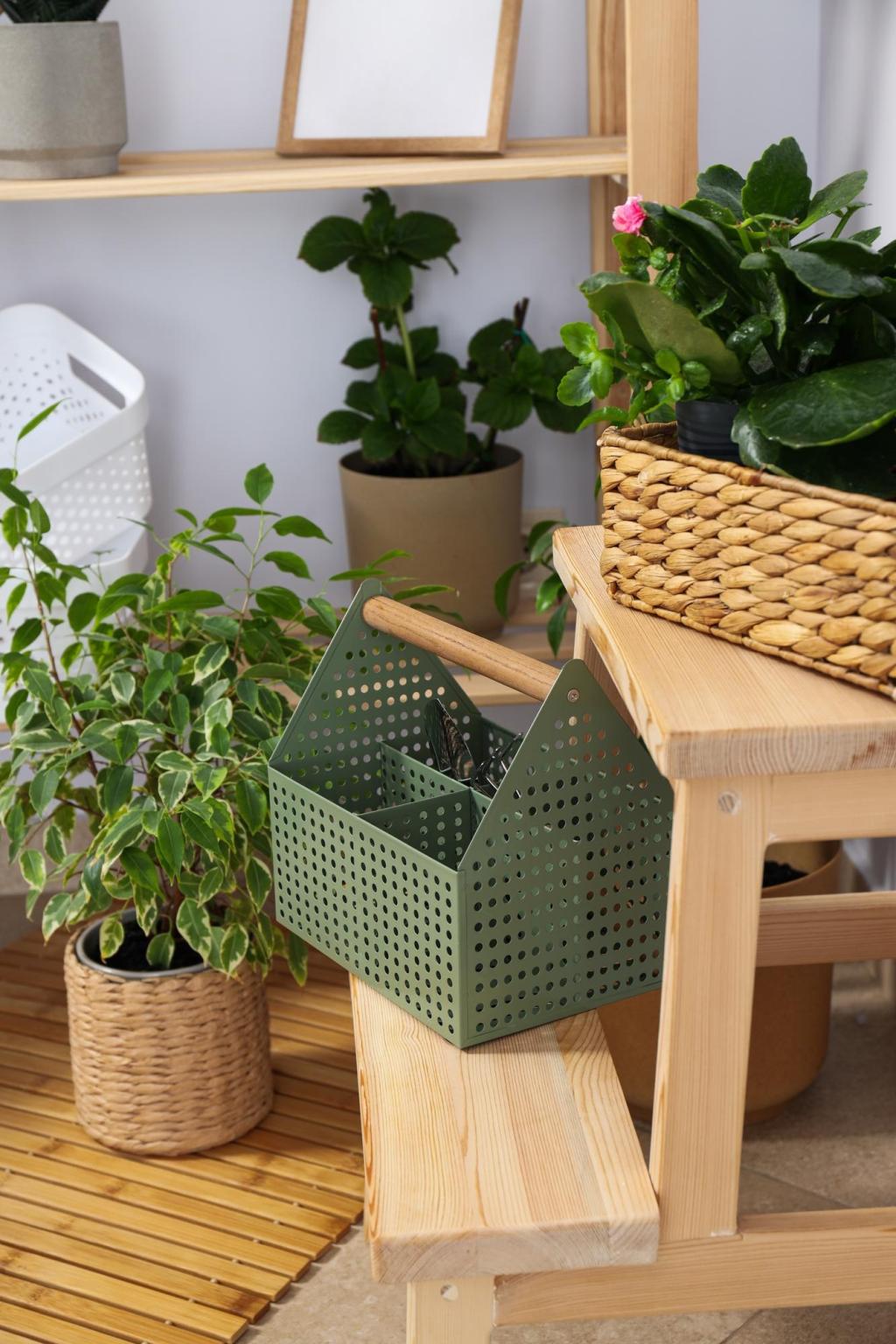Earth-Friendly Furniture Selection: Beauty, Comfort, and a Lighter Footprint

Know Your Materials: Foundations of Truly Sustainable Furniture
Choose solid hardwoods sourced from responsibly managed forests and certified by groups like FSC or PEFC. Durable wood can be repaired, refinished, and passed down, outlasting flimsy alternatives. Ask makers about origin, seasoning, and finishes, then share your findings with our community.


Low-Impact Manufacturing: Reading Labels and Choosing Better Processes
Labels can protect your health and the environment when you understand them. FSC supports responsible forestry; GREENGUARD Gold addresses emissions; OEKO-TEX screens textiles for harmful substances. Share your label wins or confusions in the comments, and subscribe for our quick-reference guide.
Low-Impact Manufacturing: Reading Labels and Choosing Better Processes
Furniture built closer to home often means fewer transportation emissions, better repair access, and deeper maker accountability. Visit studios, ask about energy sources, and support apprenticeships. Have a local artisan story? Post it to inspire others choosing earth-friendly furniture with a neighborly impact.
Healthy Homes: Finishes, Glues, and Better Indoor Air
Look for water-based varnishes, plant oils, and hardwax finishes that protect surfaces without harsh fumes. Check Safety Data Sheets and cure times before bringing pieces inside. Share your favorite brands or techniques, and subscribe to get our seasonal maintenance reminders and finishing demos.

Healthy Homes: Finishes, Glues, and Better Indoor Air
Pressed boards can off-gas unless they meet CARB Phase 2 or TSCA Title VI standards. Choose formaldehyde-free or ultra-low-emitting options. If you must use composite woods, seal edges carefully. Discuss your experiences managing emissions and help others make healthier furniture selections.

Measure What Matters: Impact, Budget, and Practical Questions
Embodied Carbon and Life Cycle Thinking
Every material carries emissions from extraction to end-of-life. Favor durable, repairable designs with recycled content, then consider end-of-life recovery. Ask brands for Environmental Product Declarations or carbon estimates. Share any data you receive and help build a community knowledge base around furniture impacts.
Cost per Use and Value Retention
A well-built, earth-friendly chair may cost more upfront but far less per use over decades. Consider resale value, repairability, and timeless style. Tell us how you budget for quality and subscribe for our worksheet that compares true ownership costs across furniture choices.
Ask Better Questions Before You Buy
Where was this made, how is it finished, can it be repaired, and what happens at end of life? These four questions transform shopping. Post your go-to questions below, and we’ll compile the best into a printable earth-friendly furniture buyer’s checklist for subscribers.
Style Without Sacrifice: Aesthetic Joy Meets Sustainability
Choose silhouettes with enduring proportions instead of fast-furniture fads. Simple lines in solid wood or recycled metal age gracefully, inviting repair rather than replacement. Share a timeless piece from your home, and subscribe for interviews with designers leading responsible, lasting aesthetics.

Community Momentum: Learn, Share, and Keep the Conversation Going
Host a neighborhood swap or visit a weekend craft market to meet makers who repair and build sustainably. Trading extends product life and keeps pieces out of landfills. Tell us about your next event and invite readers—community action amplifies every earth-friendly furniture choice.
Community Momentum: Learn, Share, and Keep the Conversation Going
Before-and-after photos of refinishes, reupholstery, or repair are powerful teaching tools. Post your process, mention materials used, and note what you’d do differently next time. Subscribe for templates that help you track costs, impact, and care schedules for each beloved piece.
